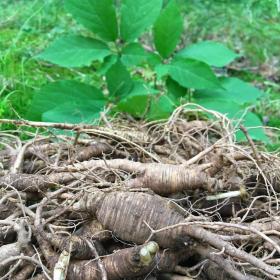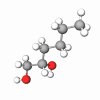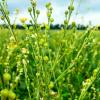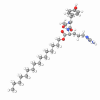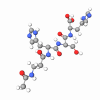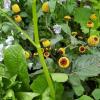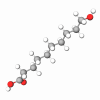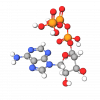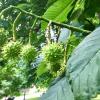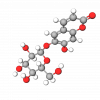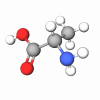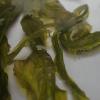For five thousand years humanity has been trying numerous plants as cosmetics and medicine to sustain health and to enhance the quality of life. In Asia, Panax (means ‘treating all’ in Greek) is considered to be the most valuable plant among all, and its root called Ginseng became famous worldwide.
The Panax root extract has a lot of beneficial properties including:
- Anti-photodamaging,
- Anti-inflammatory,
- Antioxidant,
- Anti-melanogenic,
- Wound healing activity
Ginseng extract contains a lot of biologically active compounds that interact with almost all types of skin cells.
In keratinocytes, they protect from UV radiation, support DNA recovery, and moderate apoptosis (cell programmed death). Compound K found in Panax root stimulates natural HA (Hyaluronic acid) production, supporting hydration and moisture retainment.Rich in Cinnamic acid, which inhibits melanin synthesis in melanocytes up to 29%, fights against hyperpigmentation and can be used as a skin whitening agent.
Saponins and Ginsenoside Rb1 protect fibroblasts from UV-induced damage and prevent the breakage of collagen fibers, preserving skin firmness and elasticity. Besides the anti-photoaging effect, ginseng also has a good impact on regeneration. Ginsenosides can notably intensify fibroblast proliferation, collagen synthesis, and cell migration, assisting skin renewal.
Ginseng extract can remarkably excite the differentiation of dermal papilla cells (that are also thought to be skin stem cells) and suppress apoptosis, stimulating skin renewal on the cellular level. In addition, Panax root also prolongs the anagen phase of the hair cycle, which is useful for regeneration and prevention of hair loss.
